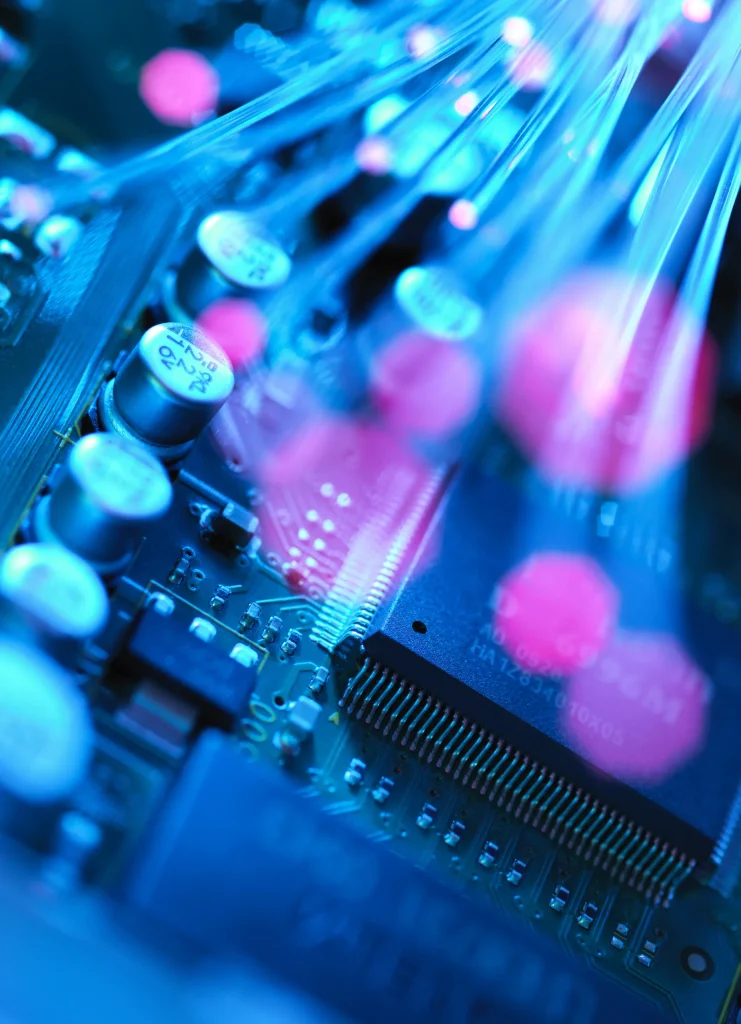ChatGPT and tools like it have taken the world by storm. Their ability to generate human-sounding text on demand seems almost magical. But this cutting-edge AI also raises big questions around how such content should be created and shared responsibly. In light of growing concerns, major technology firms have recently committed to developing AI “watermarking” techniques. But what exactly does this mean?
Let’s break it down in simple terms.
How Does Text AI Like ChatGPT Work?
To understand watermarking, we first need to demystify how ChatGPT produces writing in the first place. The key thing to know is that ChatGPT and other large language models are trained on massive amounts of text data.
By analyzing huge datasets, these AIs learn the patterns and structures of human language. So when you give ChatGPT a prompt, it predicts the most likely next words based on all those patterns it has absorbed. The AI keeps generating text this way until it creates something that sounds coherent and logical.
This process lets ChatGPT mimic human writing styles. But it also means the AI has no real comprehension of the content it is producing. It chooses words purely based on probability statistics.
Why is AI Watermarking Necessary?
Herein lies the problem. ChatGPT can effortlessly write high-quality content without human effort or oversight.
While this has many upsides, it raises concerns around authenticity and plagiarism. Students may be tempted to use AI essays instead of doing original work. Agencies can churn out articles rapidly without hiring real writers.
More alarmingly, bad actors could potentially use AI text generation for fraud, scams, or spreading misinformation.
To identify AI-written content, ChatGPT’s creators OpenAI are testing a technique called watermarking.
How Does AI Watermarking Work?
The goal of watermarking is to embed a hidden signal inside AI-generated text. This is done by subtly altering the word choices ChatGPT makes as it writes. The tiny tweaks create a pattern that acts like a fingerprint of the AI.
Let’s break it down:
- ChatGPT generates text token by token. A token can be a word, punctuation mark or even part of a word.
- When picking each token, the AI normally selects randomly from a probability distribution.
- With watermarking, the selection process is tweaked using cryptography. This injects a detectable, pseudo-random pattern.
- The pattern is too subtle to alter the text meaning. But anyone who knows the crypto key can identify if the content has the AI fingerprint.
So in essence, watermarking lets OpenAI tag ChatGPT’s writing by manipulating how it randomly selects tokens.
Can AI Watermarking Be Fooled?
Watermarking seems promising, but it’s not foolproof. As OpenAI engineer Scott Aronson explained, the pattern could likely be removed by rewriting the text using another AI paraphraser tool.
This would alter the sequence of tokens in a way that ruins the subtle fingerprint. So more research is needed to make watermarking truly robust.
Nonetheless, OpenAI and other firms are actively developing strategies in this area. OpenAI stated they plan to implement “provenance and/or watermarking systems” to indicate if text came from their models.
Responsible AI Requires Ongoing Collaboration
AI watermarking is just one piece of the puzzle. According to the White House, tech companies made additional voluntary commitments around:
- Rigorous testing of AI systems before release
- Bolstering cybersecurity
- Sharing risk-related data across the industry
- Investing in research to inform AI regulation
This suggests that the plan to uphold ethics and safety with extremely powerful tech like ChatGPT will involve extensive collaboration between government, researchers, and private companies.
The Future of AI Authenticity
As AI text generation keeps improving, no single solution will address all concerns around responsible use. But watermarking and transparency measures are important steps forward.
These tools empower us to enjoy the many benefits of AI, while also upholding trust and accountability. Technology reflections human values. By proactively guiding its development, we can create an enlightened future powered by AI that enhances knowledge rather than obscuring truth.
